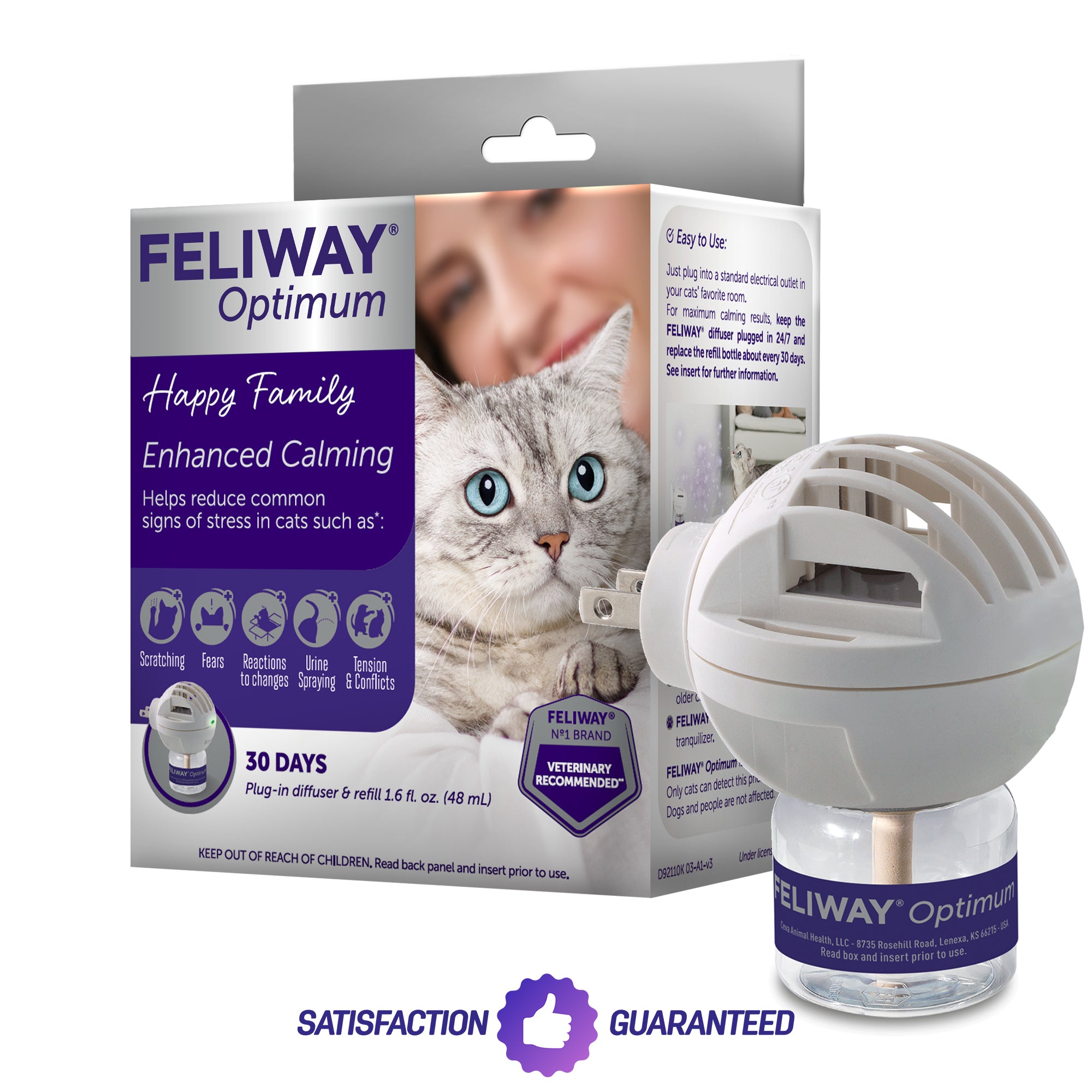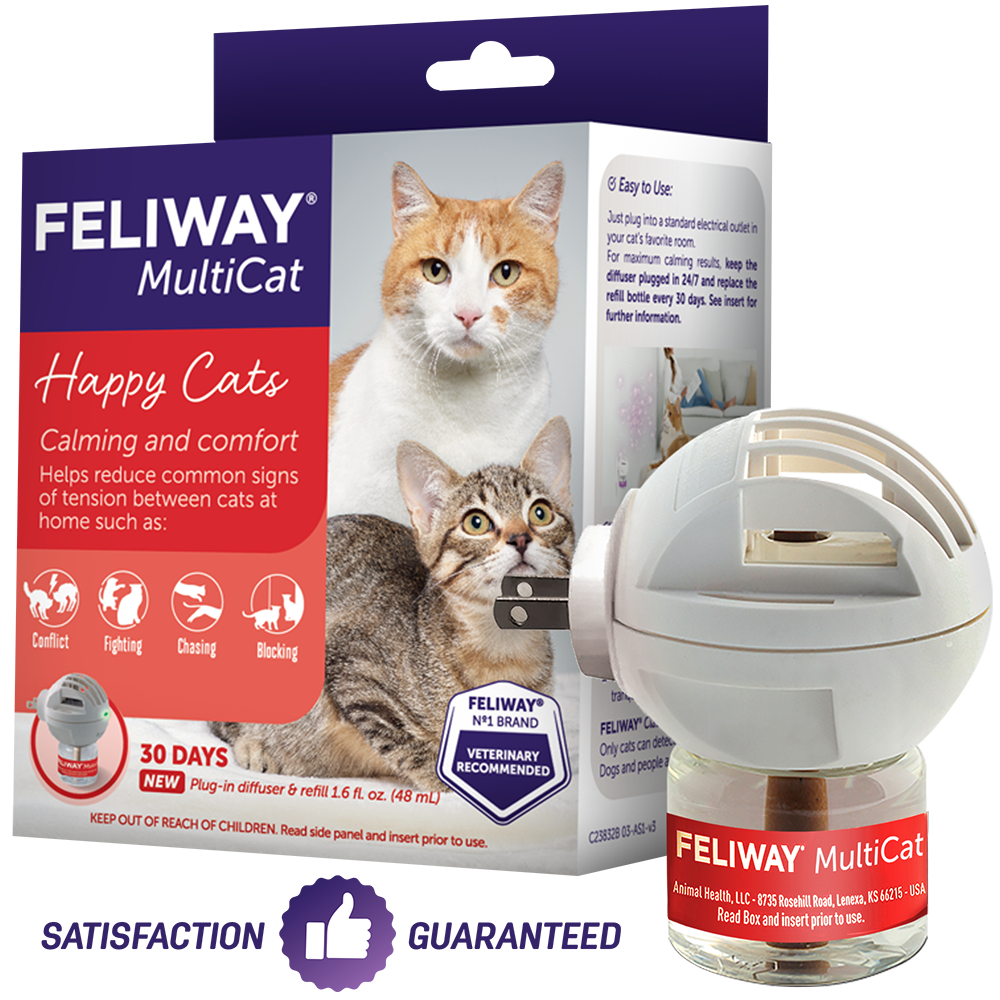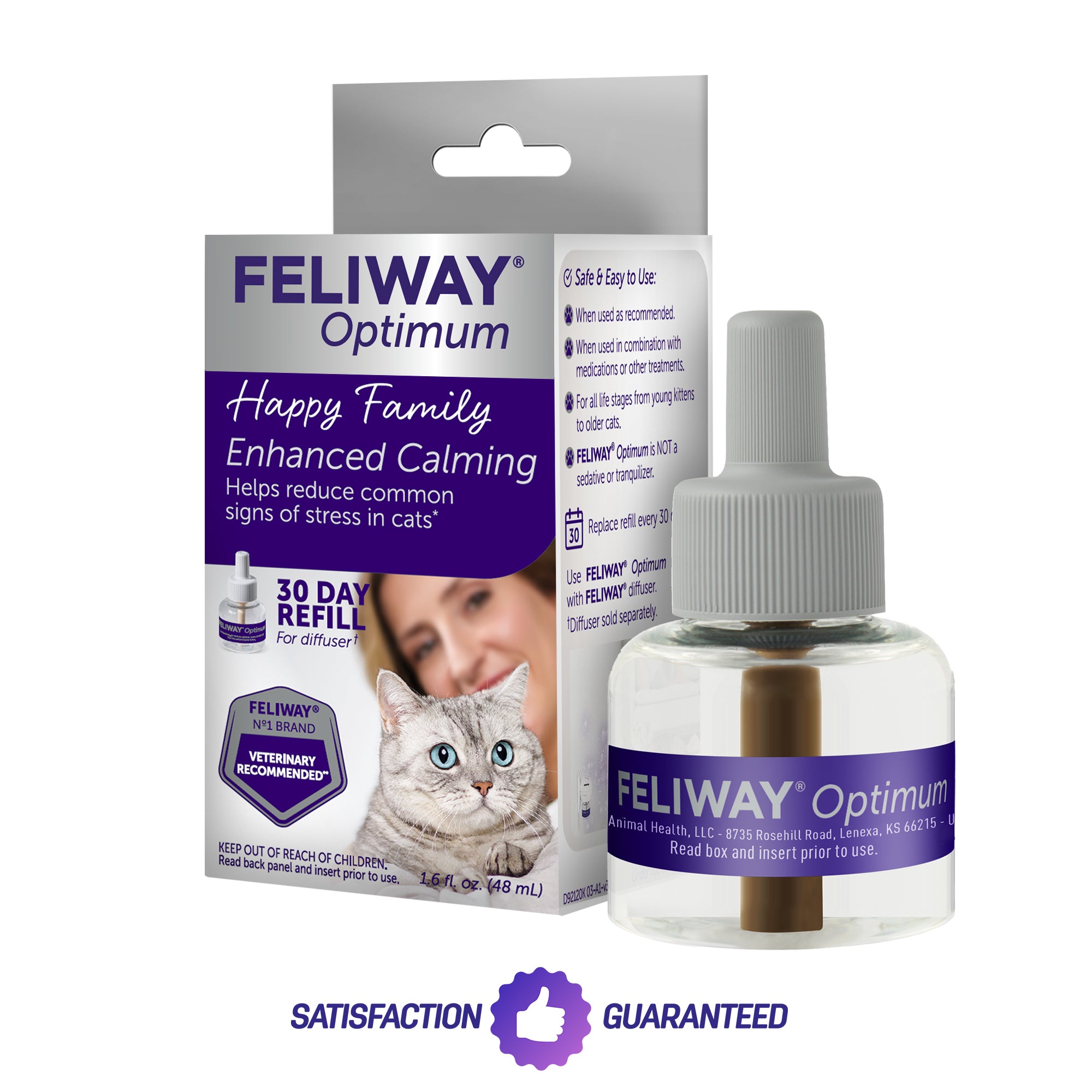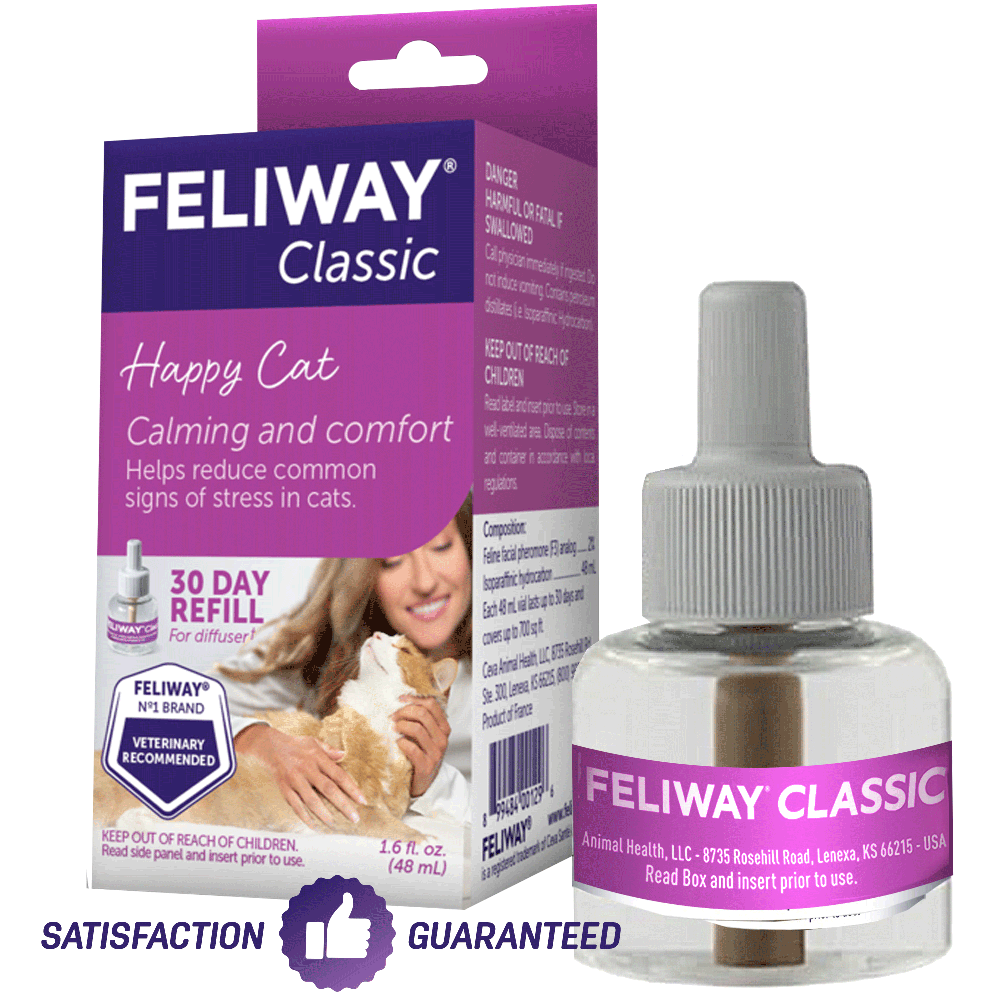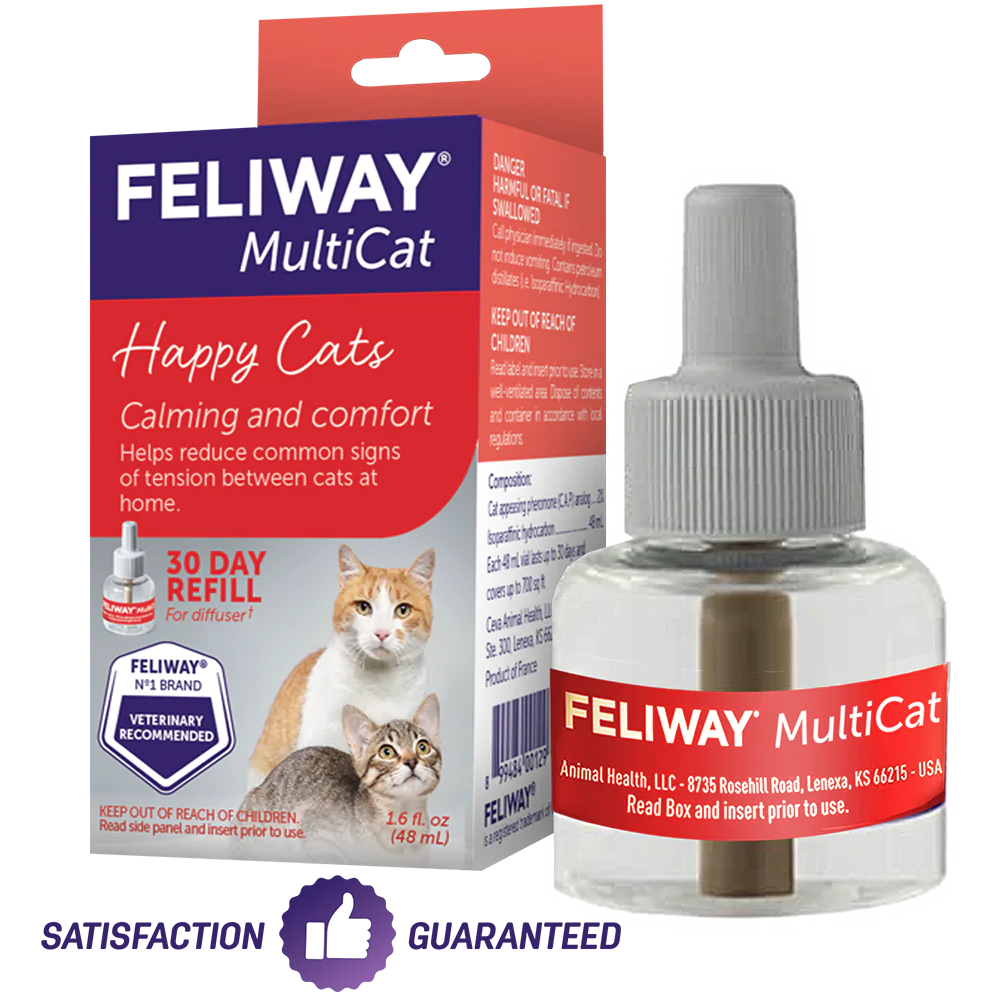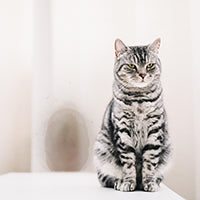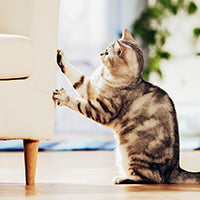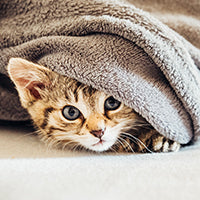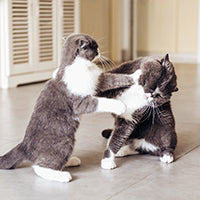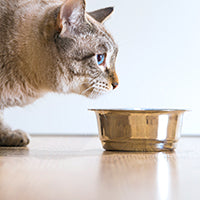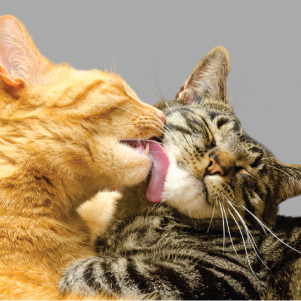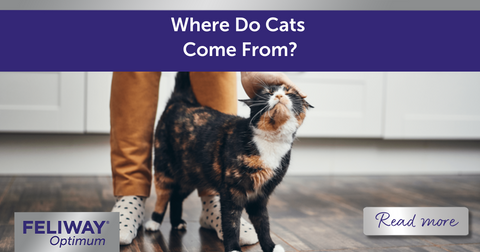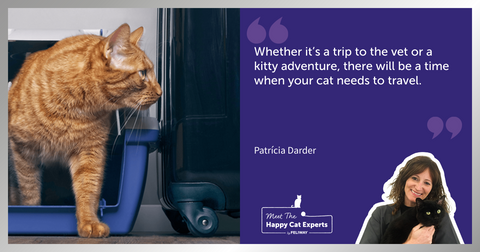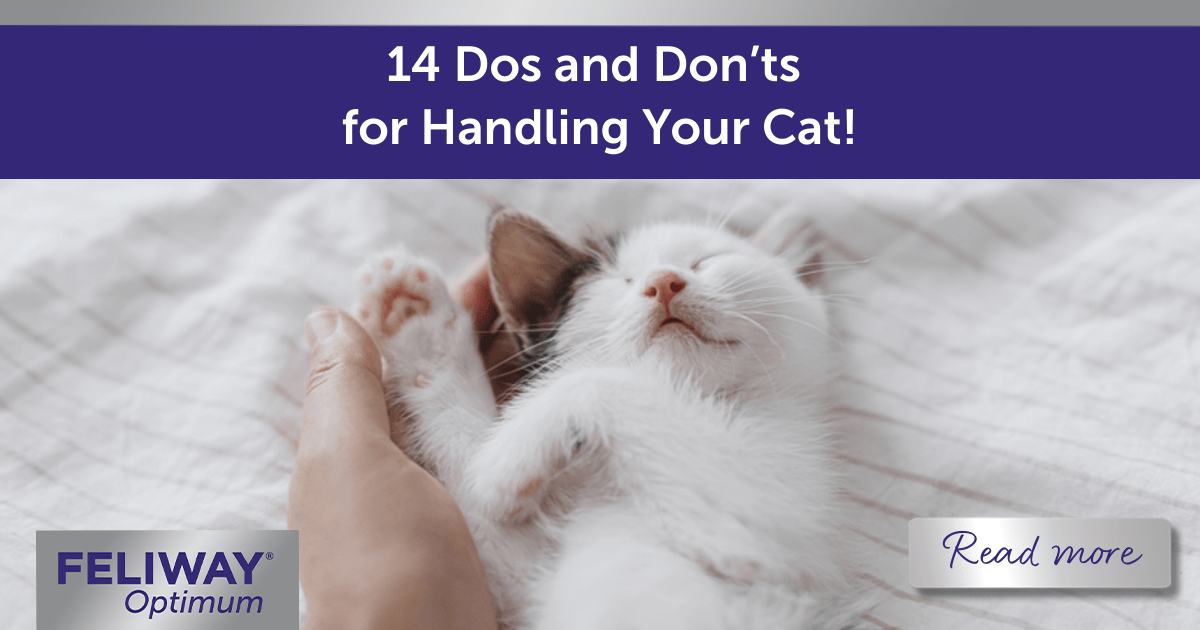
14 Dos and Don’ts for Handling Your Cat!
Although we love to show affection to our cats - and they often love to receive it, when it comes to being stroked and petted, most of them appreciate brief periods of interaction. Being handled and touched can be an acquired sensation for cats! Socializing and handling kittens from a young age (2-7 weeks) and beyond, can help them learn to enjoy physical interaction and attention from you.
Of course, all cats have their own character and their own preferences. While some love being stroked, others prefer a chin tickle. Some are lap cats, and others are just as happy to sit by your side on the sofa.
If you’re not sure where to begin with your cat interactions and handling, our ‘Happy Cat’ expert, Dr Lauren Finka, has produced these ‘CAT’ guidelines for interacting with your cat:
- C = choice and control. Allow your cat to make the choice of whether to interact with you or not, and enable them to be in control of the situation at all times, being free to decide for themselves when they want to move away.
- A = attention. Be aware of body language signs (such as tail flicking) that indicate your cat thinks it’s time to stop. Some cats find too much petting or stroking overwhelming; one minute they can be purring, and the next they may give you a ‘love bite’ (sometimes called petting aggression).
- T = think where you are touching your cat. Many cats prefer to be stroked gently around the head and ears, but always stop every few seconds to check if they are happy that you continue, or if they want to walk away.
Let’s look at some dos and don’ts for handling your cat.
14 dos and don’ts for handling your cat
The most important thing when it comes to interacting with your cat is to understand their body language. Get to know when they are ready to interact with you and understand when they really want to be left alone.
The dos
1. Learn how to handle a cat.
If you do need to pick up your cat, always make sure they feel safe and supported underneath (with one hand supporting their chest and the other supporting their rump), and avoid dangling them in the air. Do not scruff your cat, i.e. grab them by the skin at the back of the neck. Be careful and gentle when placing them on the ground too - some cats may be keen to jump or wriggle out of your arms from a height, but try to avoid this to prevent any injury.

2. Understand the best places to stroke a cat.
When stroking your cat, always let them approach you, and then gently stroke them around their head. On the top of the head, around the cheeks, the base of the ears, and under their chin may be favorite spots!
3. Create a reassuring environment
As well as making sure their resources (food, water, litter tray, comfy bed and toys) are always nearby, use FELIWAY Optimum to help support your cat. Plug it into the room where you interact with your cat to create a relaxing environment for them.
4. Get down to their level
Remember how much bigger you are than your cat! They could see you as a threat, so try to get down to their level if possible, or sit beside them on the sofa. They will feel less intimidated that way, especially if they are just getting to know you.
5. Be aware of strong perfume
Be mindful of scent – avoid wearing strong smelling perfume, for example, as cats have a sensitive sense of smell and may find this aversive.
6. Use training
Did you know it is possible to train a cat? Training can help your cat tolerate activities such as handling in different situations – grooming, nail clipping, visits to the vet, etc. Regular, short training sessions will help your cat to adjust to being handled regularly.
7. Supervise children
Children will get excited around cats and want to touch and hold them! So teaching them to be gentle, to stroke in the right places, and to avoid picking cats up or squeezing them is essential!
8. Recognize the signs that your cat is enjoying being handled
- Purring. This is the most obvious one and one that most people will recognise. But there are different purrs, so learn to understand the difference between a happy and an unhappy purr.
- Kneading. You may have seen your cat ‘making bread’ with their paws! This is a natural instinct that a kitten learns when they are still in their litter with their mother.
- Rubbing against you. This is a sign that your cat is happy to interact with you, but it doesn’t mean that they want to be handled. Allow your cat to approach you on their terms and they will then probably rub against your legs to leave their scent and pheromones on you – a good indication that they are happy to be with you.
- Moving their head to encourage more stroking (a nudge!). This means they are enjoying their interaction with you, and you have learned where they like to be stroked.
- No body tension. Learn to ‘speak cat’ and you will recognise that when your cat’s eyes are closed or half-closed, they are normally feeling relaxed. Their ears will also be facing forward, with their whiskers relaxed, too.
- The slow blink. You may be surprised to know that when you are handling and stroking your cat, and they close and open their eyes slowly, it’s not because they are feeling sleepy, but they are smiling at you! This is a good indication that they are enjoying their time with you.
9. Be aware of changes
If your cat reacts differently to your normal interactions, and they seem uncomfortable with the way you would normally handle them, it would be wise to contact your vet as there may be a medical reason, such as a painful area, which could be the cause.

The don’ts
10. Don’t ignore signs that your cat doesn’t want to be stroked
Stroking a cat at the base of their tail or their belly can provoke negative responses, so refrain stroking in these areas. Signs that they are not wanting to be touched can include:
- A swishing tail
- Skin and fur twitching over their back
- Ears flat against their head
- Dilated pupils
- Tense appearance
- A low growl (not a purr)
- They will walk away
- They might even start to groom themselves as if to say, “Sorry, I’m busy at the moment!”
However, different cats will respond in different ways, so get to know your cat and only handle them when you see positive signs.
11. Avoid loud noises
Choose the right time and place to handle your cat. Make sure you create a calm environment and that there are no sudden noises which could startle them.
12. Don’t make assumptions
Consider your cat’s personality and needs, and don’t assume they want to be petted just because you want to. They may prefer some time playing together rather than being stroked, or they may prefer to sit close to you, rather than on your lap. Find out what your cat’s likes (and dislikes) are.
13. Do not use force
If your cat shows signs that they are not comfortable with being handled, do not force or reprimand them, as this will make the situation worse. Cats don’t like to be restrained, so allow them to move away when they want to. Having a choice is important!
14. Respect their no-go areas
Avoid areas that your cat doesn’t like being touched. E.g. cats generally do not like to have their belly touched, even if they feel comfortable enough to show it to you. Be aware that the base of a cat’s tail is very sensitive, so even if your cat appears to be comfortable with you touching this area, you should be gentle, otherwise this interaction can become unpleasant for them.

